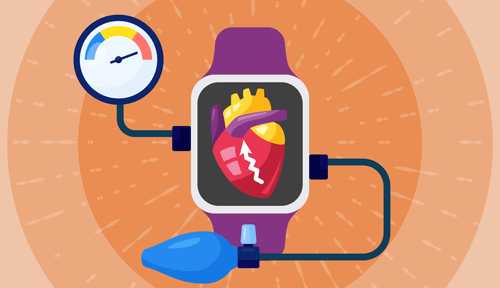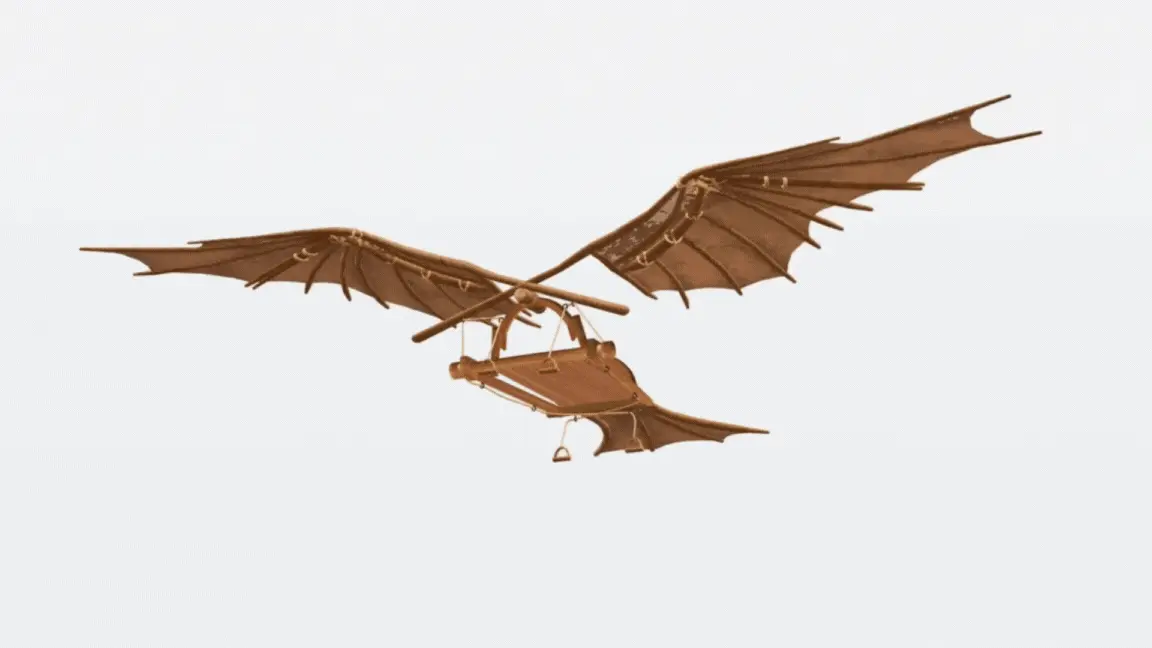Engineering
Engineers Design a Vibrating Pill for Weight Loss That Could Create a Feeling of Fullness
The capsule is the size of a multivitamin, and in an experiment with pigs, it appeared to reduce the animals' appetites
Seven Scientific Discoveries From 2023 That Could Lead to New Inventions
Biologists learned lots about animals and plants this year, and their findings could inspire better robots, medicine and environmental technologies
When a Labyrinth of Pneumatic Tubes Shuttled Mail Beneath the Streets of New York City
Powered by compressed air, the system transported millions of letters between 1897 and 1953
The Surprising Possibilities of See-Through Wood
Stronger than plastic and tougher than glass, the resin-filled material is being exploited for smartphone screens, insulated windows and more
Could a 550-Mile Pipeline From the Ocean Save the Great Salt Lake? Scientists Say Probably Not
New research suggests the electricity costs would exceed $300 million per year and carbon dioxide emissions could approach one million metric tons annually
Ten Engineer-Selected STEM Toys to Give as Gifts in 2023
From coding to building to circuitry, these educational activities support basic skills to serve children in science, engineering and beyond
Watch How Hummingbirds Fly Through Narrow Spaces
Slow-motion video revealed the birds take two different approaches: flying sideways or pinning their wings back and darting like a bullet
Engineers Create 'Air Conditioning' for Salmon With Chilled Patches of River Water
Wild Atlantic salmon can struggle with heat as they swim upstream to spawn—but artificial "thermal refuges" may help them cool off
The Never-Ending Race to Build the World’s Tallest Structure
From ancient Egypt to present-day Dubai, a close look at some of the buildings that held the height record
New Devices Could Change the Way We Measure Blood Pressure
Embedded in a cellphone or in accessories such as rings, bracelets or watches, the novel tools aim to make it easier to manage hypertension
Smart Toilets and Licking Rocks: Ig Nobel Prizes Celebrate Strange Scientific Achievements
Winning research projects reanimated dead spiders and examined how anchovy sexual activity influences ocean mixing
Using A.I. to Track Air Pollution From Open-Top Coal Trains
Scientists in California are working with communities—and a suite of tools—to better monitor air quality
15 Scenes of Americans at Work
These highlights from the Smithsonian Magazine Photo Contest commemorate Labor Day
See the Face of a Woman Who Died in a Shipwreck in 1628
A new facial reconstruction vividly resurrects Gertrude, one of 30 people killed during the sinking of the Swedish warship "Vasa"
New Device Can Detect Covid in the Air Within Five Minutes
Researchers report the technology is 77 to 83 percent accurate in finding any of the coronavirus variants in a room
The Architectural Genius of the Geodesic Dome and the Challenge of Putting It All Back Together
A new exhibit at the Smithsonian's National Museum of American History puts the engineering innovation back on display after decades in storage
Explore Animated Models, Digitized Sketches and More in Leonardo da Vinci's Largest-Ever Online Retrospective
The new Google Arts & Culture hub features high-resolution scans, 3D renderings and artificial intelligence experiments
Why Are Chickens So Bad at Flying? And More Questions From Our Readers
You’ve got questions. We’ve got experts
Monarch Butterflies’ Signature White Spots May Help Them Fly
These long-distance migrants could get a boost from their striking coloration, which may reduce drag by heating and cooling air unevenly
Scientists Discover Microbes That Could Revolutionize Plastic Recycling
These bacteria and fungi can break down certain plastics at cool temperatures, saving money and energy compared to some current methods
Page 3 of 22
:focal(450x300:451x301)/https://tf-cmsv2-smithsonianmag-media.s3.amazonaws.com/filer_public/b9/31/b9315b10-032c-465f-97de-e4073bfe1906/mit_obesity-treatment-02-press.jpg)
:focal(960x649:961x650)/https://tf-cmsv2-smithsonianmag-media.s3.amazonaws.com/filer_public/52/0c/520c1e9a-9a4e-4182-a0e6-2530427f0848/monarch-butterfly.jpg)
:focal(700x507:701x508)/https://tf-cmsv2-smithsonianmag-media.s3.amazonaws.com/filer_public/27/b4/27b41115-109e-45df-869d-45f64d58962e/pneumatic-tube.jpg)
:focal(527x366:528x367)/https://tf-cmsv2-smithsonianmag-media.s3.amazonaws.com/filer_public/b0/c2/b0c2dad1-88e2-4155-af8b-aa649d47f908/1-transparentw.jpg)
:focal(400x267:401x268)/https://tf-cmsv2-smithsonianmag-media.s3.amazonaws.com/filer_public/ba/64/ba64dfa3-33f5-40dc-85d0-f2223f0b2942/gettyimages-1332144553_1.jpeg)
:focal(1000x733:1001x734)/https://tf-cmsv2-smithsonianmag-media.s3.amazonaws.com/filer_public/55/d0/55d077af-a16a-43ff-9b36-9a14d46de2b0/purdue-egg2023.jpg)
:focal(867x562:868x563)/https://tf-cmsv2-smithsonianmag-media.s3.amazonaws.com/filer_public/28/04/28047578-43cf-4989-89ab-2219f0211797/hummingbird_2000px.jpg)
:focal(1031x732:1032x733)/https://tf-cmsv2-smithsonianmag-media.s3.amazonaws.com/filer_public/4a/41/4a41a0e2-f577-48ea-a110-1e8923ef275f/gettyimages-1374937713.jpg)
:focal(800x602:801x603)/https://tf-cmsv2-smithsonianmag-media.s3.amazonaws.com/filer_public/0f/5a/0f5ae719-49eb-47f2-9e45-177c646b5994/tallestbuildings.jpg)

:focal(906x815:907x816)/https://tf-cmsv2-smithsonianmag-media.s3.amazonaws.com/filer_public/fb/ca/fbca06ee-ad6c-423b-84f0-7d8612da418b/gettyimages-596940494.jpg)
:focal(1061x707:1062x708)/https://tf-cmsv2-smithsonianmag-media.s3.amazonaws.com/filer_public/3e/ce/3ece345d-2192-482b-9da4-c2046b238d08/gettyimages-155431788.jpg)
:focal(2016x1517:2017x1518)/https://tf-cmsv2-smithsonianmag-media.s3.amazonaws.com/filer_public/9d/77/9d77fcbe-4fa7-43d2-9755-2606b83c9ab4/1__-_50683783-6c5c-43ad-a8bb-13605dc16015.jpg)
:focal(700x527:701x528)/https://tf-cmsv2-smithsonianmag-media.s3.amazonaws.com/filer_public/f1/4c/f14ca894-b1c7-40a0-9b6d-539d941f3d3e/lead_image_vasa_victim.jpg)
:focal(380x271:381x272)/https://tf-cmsv2-smithsonianmag-media.s3.amazonaws.com/filer_public/8c/dc/8cdc0ce6-78da-48bb-a667-60aa74fffb01/img_0827_team_h.jpg)
:focal(1024x770:1025x771)/https://tf-cmsv2-smithsonianmag-media.s3.amazonaws.com/filer_public/3c/53/3c532b05-727b-4fbe-8dd6-fa3fa2adf07d/weatherbreak_structure_nmah.jpeg)

:focal(672x499:673x500)/https://tf-cmsv2-smithsonianmag-media.s3.amazonaws.com/filer_public/ff/73/ff735e46-cacd-48f6-9350-1f72df7b71c3/q_illo.jpg)
:focal(2784x1856:2785x1857)/https://tf-cmsv2-smithsonianmag-media.s3.amazonaws.com/filer_public/13/35/13351956-ed1f-4bec-bda4-005848510455/gettyimages-1246834543.jpg)
:focal(3360x2240:3361x2241)/https://tf-cmsv2-smithsonianmag-media.s3.amazonaws.com/filer_public/17/89/1789c120-8384-484a-b365-4ac257bee078/gettyimages-1223473775.jpg)